Questions for Beaded Inset Cabinet Owners
dad4diy
10 years ago
Related Stories

VACATION HOMESPatience Pays Off for Owners Renovating Their Beach Condo
A Jersey Shore unit gets a bright new look, a more functional layout and increased space for extended family
Full Story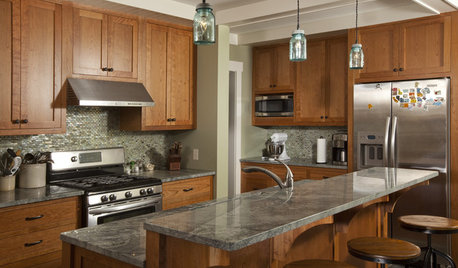
KITCHEN CABINETSCabinets 101: How to Choose Construction, Materials and Style
Do you want custom, semicustom or stock cabinets? Frameless or framed construction? We review the options
Full Story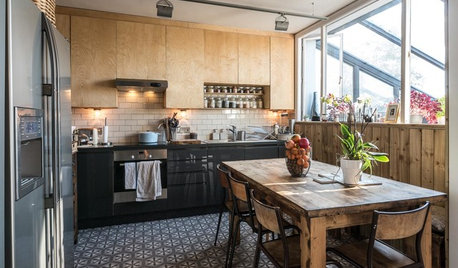
KITCHEN DESIGNA Two-Tone Cabinet Scheme Gives Your Kitchen the Best of Both Worlds
Waffling between paint and stain or dark and light? Here’s how to mix and match colors and materials
Full Story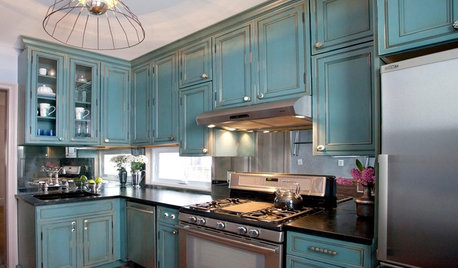
KITCHEN DESIGNKitchen of the Week: Turquoise Cabinets Snazz Up a Space-Savvy Eat-In
Color gives a row house kitchen panache, while a clever fold-up table offers flexibility
Full Story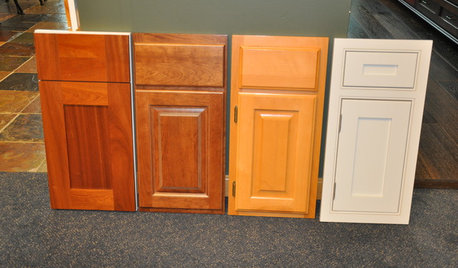
KITCHEN CABINETSLearn the Lingo of Kitchen Cabinet Door Styles
Understand door types, materials and cabinet face construction to make the right choice when you shop
Full Story
KITCHEN DESIGNNew This Week: Moody Kitchens to Make You Rethink All-White
Not into the all-white fascination? Look to these kitchens for a glimpse of the dark side
Full Story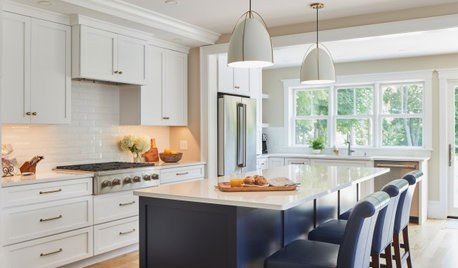
KITCHEN DESIGNPopular Cabinet Door Styles for Kitchens of All Kinds
Let our mini guide help you choose the right kitchen door style
Full Story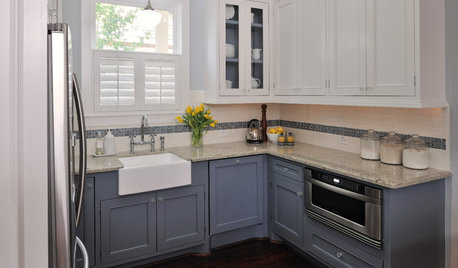
KITCHEN CABINETSKeeping Cabinet Color on the Down Low
Give just base cabinets a colorful coat for a kitchen sporting character and a spacious look
Full Story
MOST POPULARFrom the Pros: How to Paint Kitchen Cabinets
Want a major new look for your kitchen or bathroom cabinets on a DIY budget? Don't pick up a paintbrush until you read this
Full Story
KITCHEN CABINETSChoosing New Cabinets? Here’s What to Know Before You Shop
Get the scoop on kitchen and bathroom cabinet materials and construction methods to understand your options
Full Story









quelyn
jakuvall
Related Professionals
Ballenger Creek Kitchen & Bathroom Designers · East Islip Kitchen & Bathroom Designers · Plymouth Kitchen & Bathroom Designers · South Farmingdale Kitchen & Bathroom Designers · Glen Allen Kitchen & Bathroom Remodelers · Pasadena Kitchen & Bathroom Remodelers · Saint Augustine Kitchen & Bathroom Remodelers · Jefferson Valley-Yorktown Cabinets & Cabinetry · Livingston Cabinets & Cabinetry · Middletown Cabinets & Cabinetry · Murray Cabinets & Cabinetry · Parsippany Cabinets & Cabinetry · Tinton Falls Cabinets & Cabinetry · Brookline Tile and Stone Contractors · Corsicana Tile and Stone Contractorseandhl
sombreuil_mongrel
dad4diyOriginal Author
sombreuil_mongrel
cabmanct
dad4diyOriginal Author
cabmanct
quelyn
jakuvall
dad4diyOriginal Author
jen south